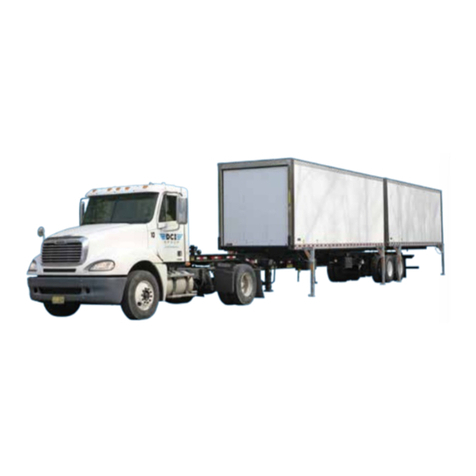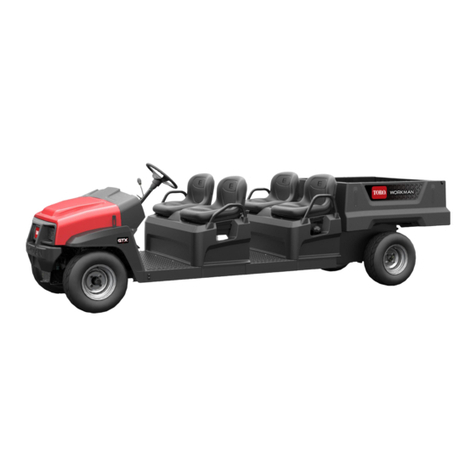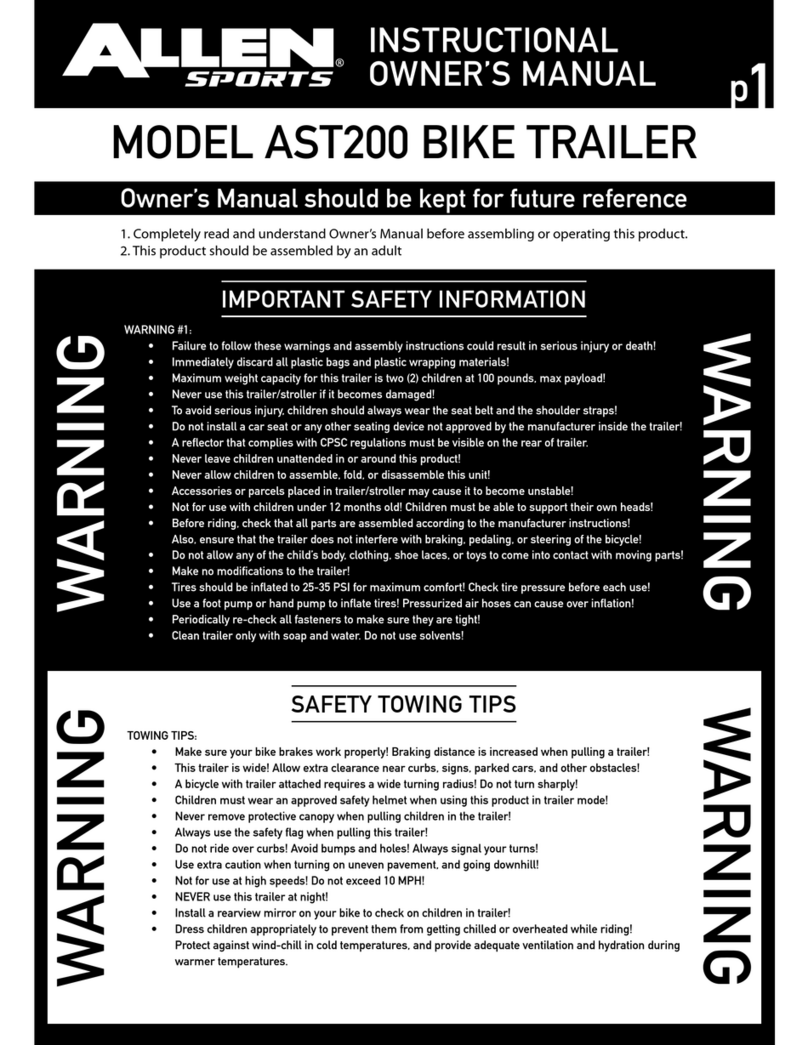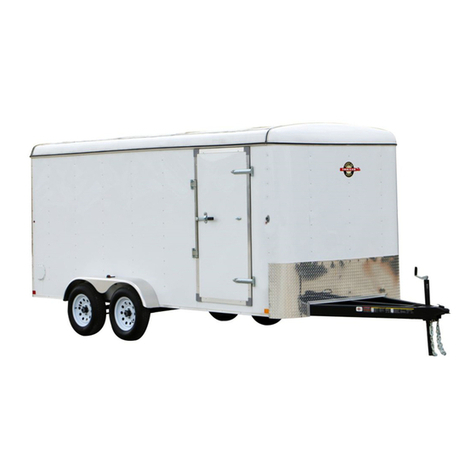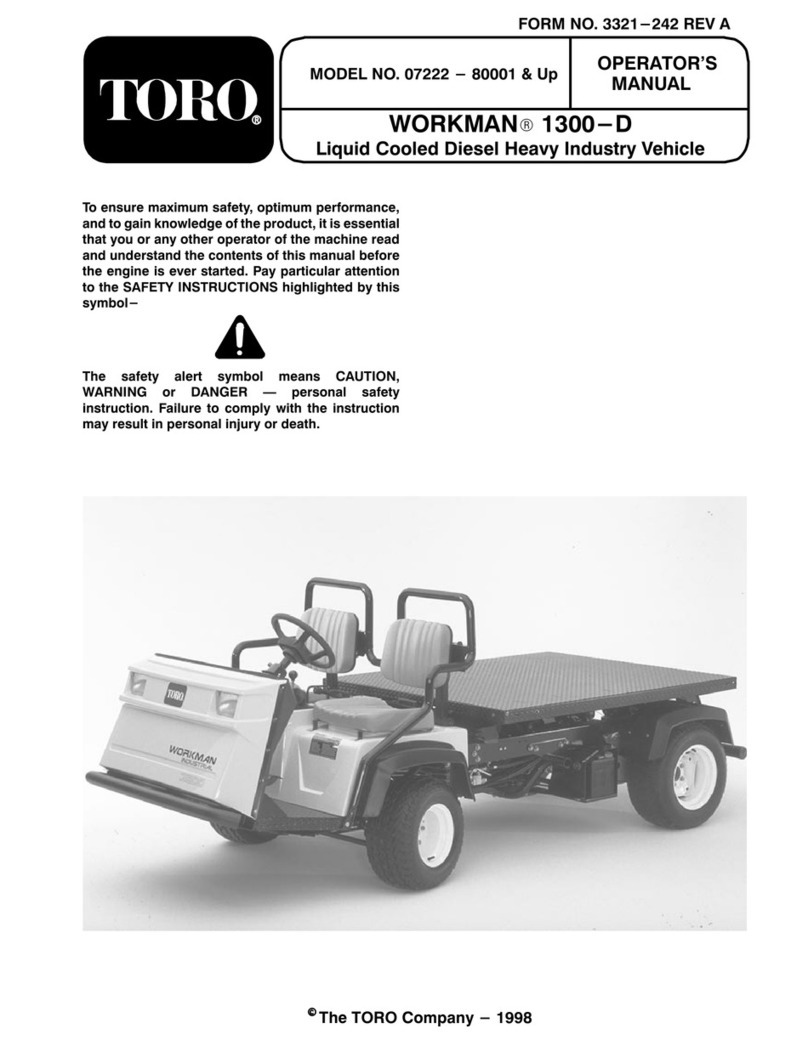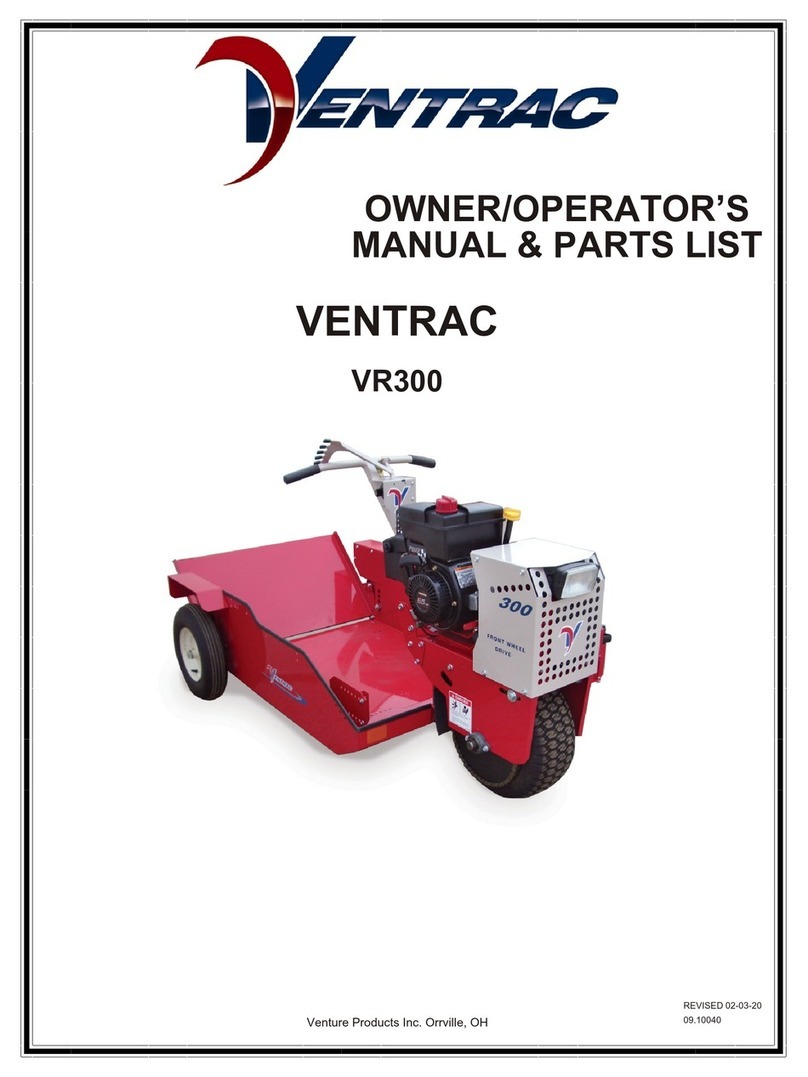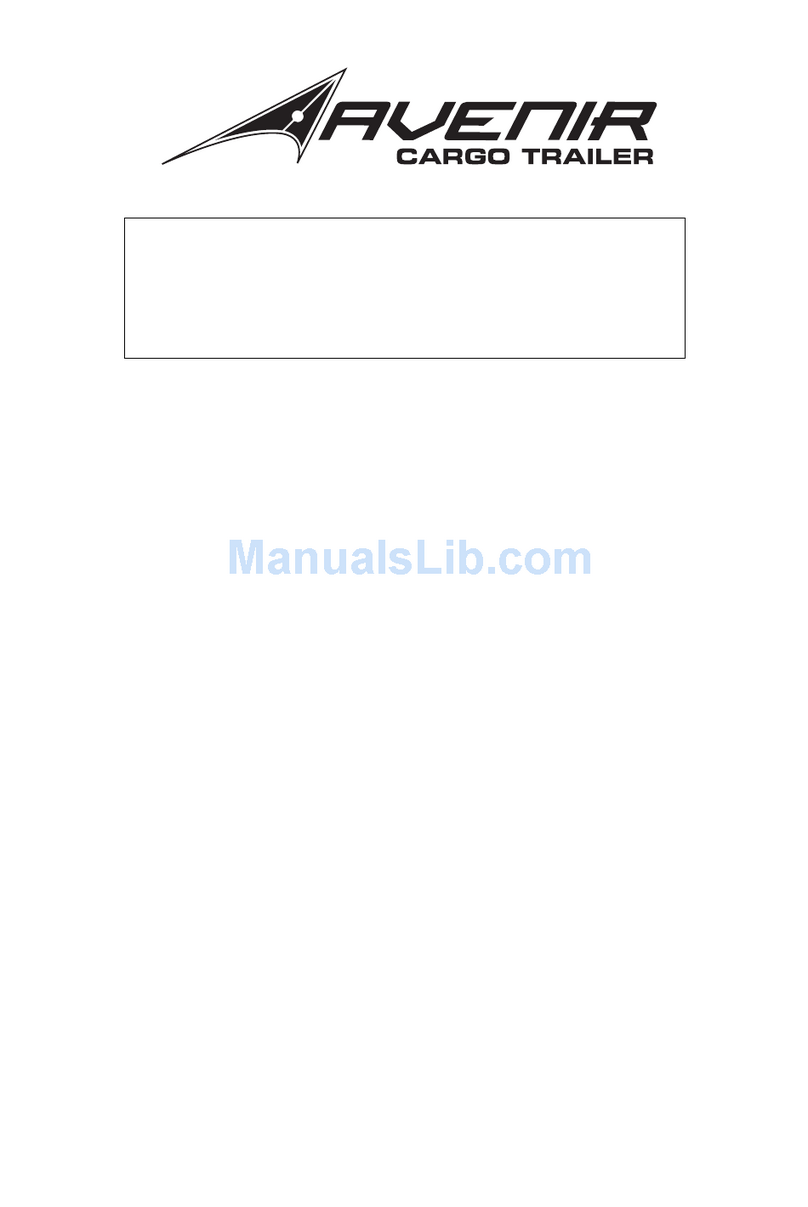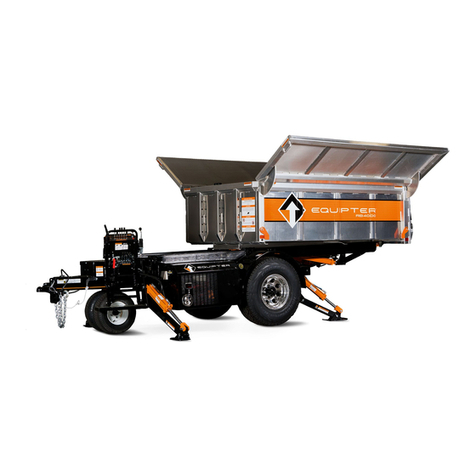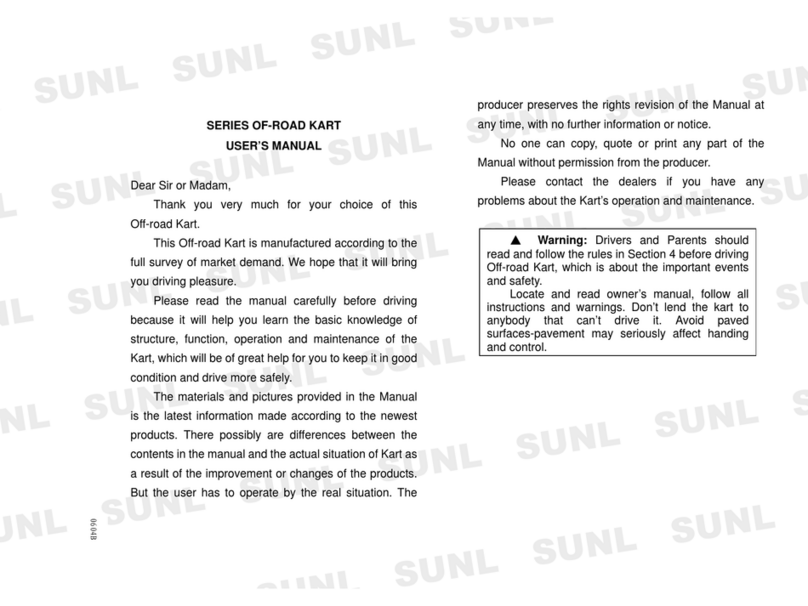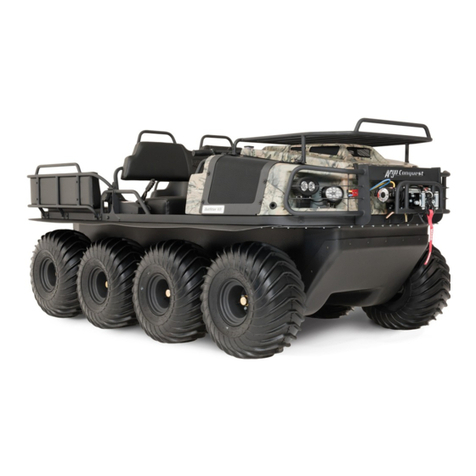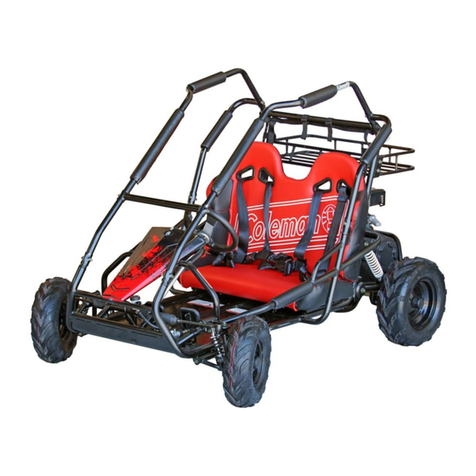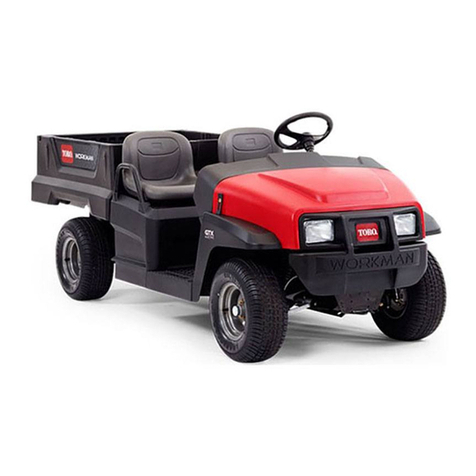
INTRODUCTION ................................................................................................................................................................................................1
REPORTING SAFETY DEFECTS..................................................................................................................................................................1
WARRANTY..........................................................................................................................................................................................................2
GENERAL INFORMATION..............................................................................................................................................................................4
SAFETY PRECAUTION DEFINITIONS.......................................................................................................................................................4
PRECAUTIONS...................................................................................................................................................................................................4
Safety Requirements................................................................................................................................................................................5
Before You Start ........................................................................................................................................................................................6
Operating Precautions.............................................................................................................................................................................6
Load Handling Precautions ...................................................................................................................................................................6
Transport Precautions...............................................................................................................................................................................7
Maintainance Precautions.......................................................................................................................................................................7
OVERVIEW ...........................................................................................................................................................................................................8
TRANSPORTING................................................................................................................................................................................................9
Steps for Determining Correct Load Limit ......................................................................................................................................9
Tow Vehicle ..................................................................................................................................................................................................9
Trailer Connection.................................................................................................................................................................................. 10
Disconnecting the Trailer .................................................................................................................................................................... 11
OPERATION...................................................................................................................................................................................................... 12
Maintenance............................................................................................................................................................................................. 12
Engine Operation ................................................................................................................................................................................... 14
DRIVING THE EQUIPTER ........................................................................................................................................................................... 15
Loading and Unloading........................................................................................................................................................................ 16
Outrigger Operation .............................................................................................................................................................................. 16
DUMP BOX ....................................................................................................................................................................................................... 18
Emptying the Dump Box...................................................................................................................................................................... 19
EXTENSION RAILS........................................................................................................................................................................................ 20
OPTIONAL MATS............................................................................................................................................................................................ 21
CHUTES............................................................................................................................................................................................................. 21
SPOUTING GUARD ....................................................................................................................................................................................... 22
CHUTE AND SPOUTING GUARD STORAGE....................................................................................................................................... 22
CONTOL PANEL COVER ............................................................................................................................................................................. 22
SPARE TIRE MOUNT AND OUTRIGGER PAD STORAGE............................................................................................................... 22
TIRE SAFETY INFORMATION.................................................................................................................................................................... 23
Steps for Determining Correct Load Limit – Trailer................................................................................................................. 24
Steps For Determining Correct Load Limit – Tow Vehicle..................................................................................................... 25
Glossary of Tire Terminology ............................................................................................................................................................. 26
Tire Safety - Everything Rides On It............................................................................................................................................... 29
Tire Safety Tips ....................................................................................................................................................................................... 34
SPECIFICATIONS........................................................................................................................................................................................... 36
OPERATIONS CHECKLIST ..........................................................................................................................................................................37
TABLE OF CONTENTS
ii





















